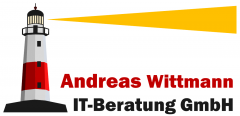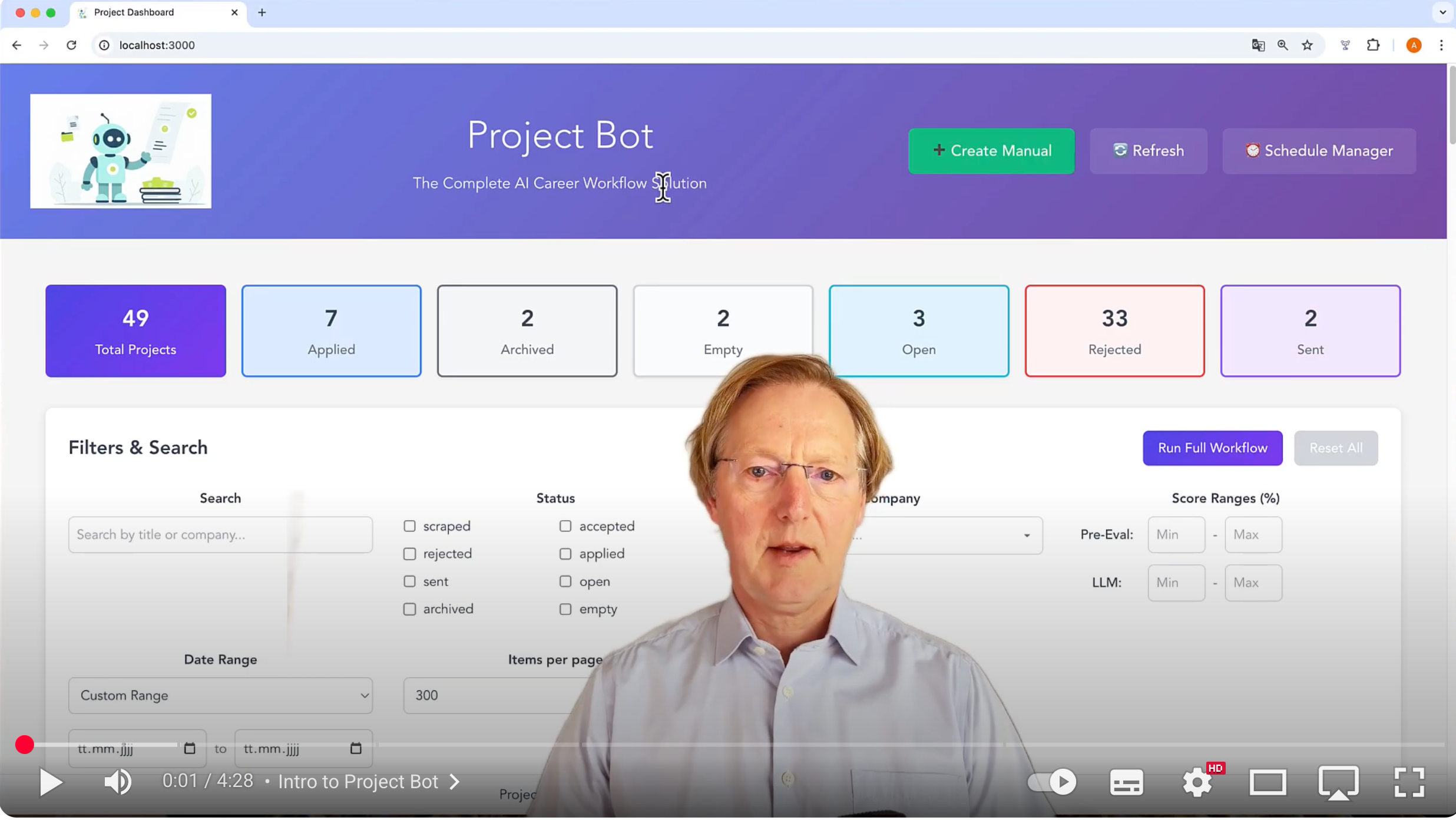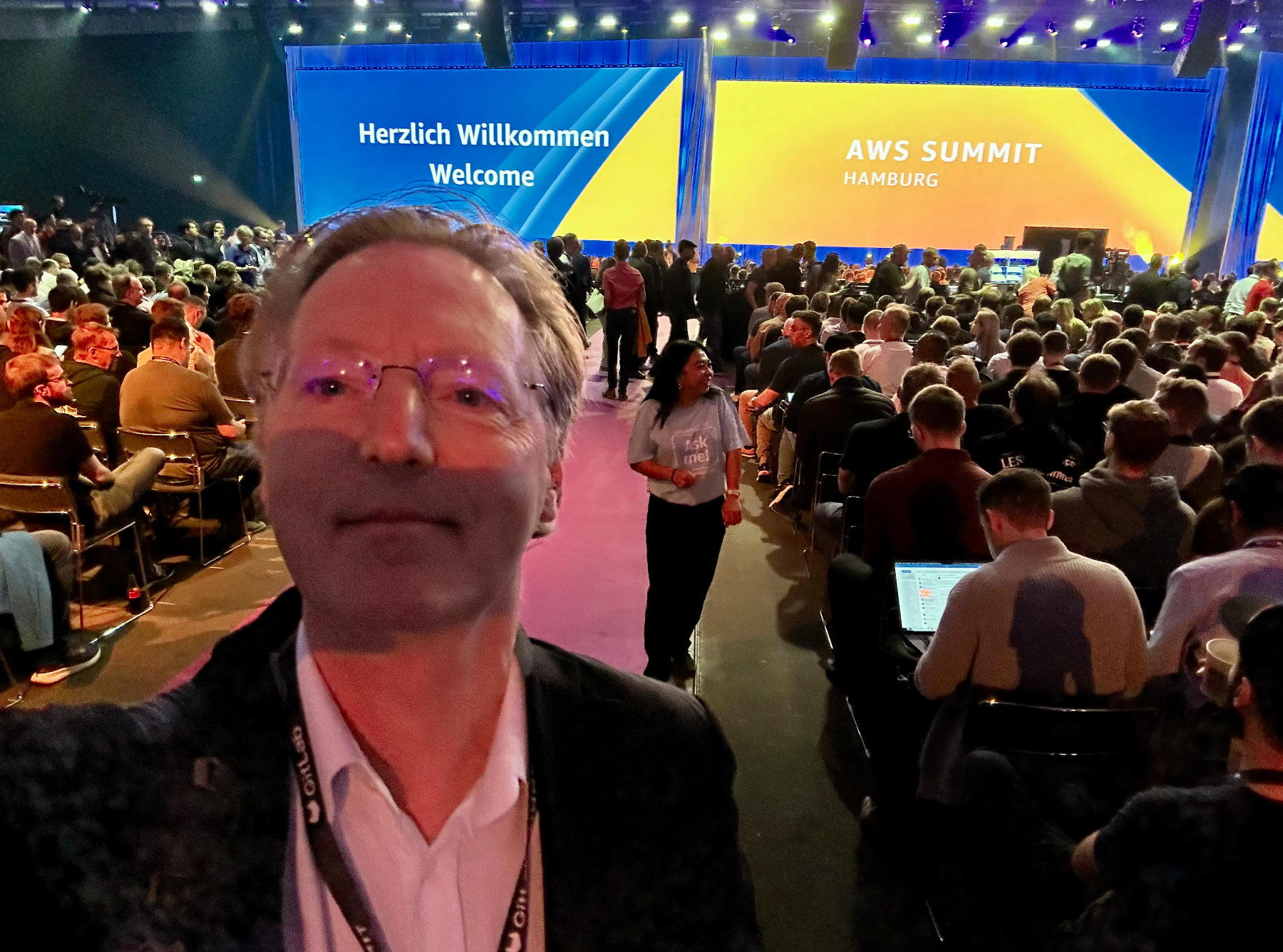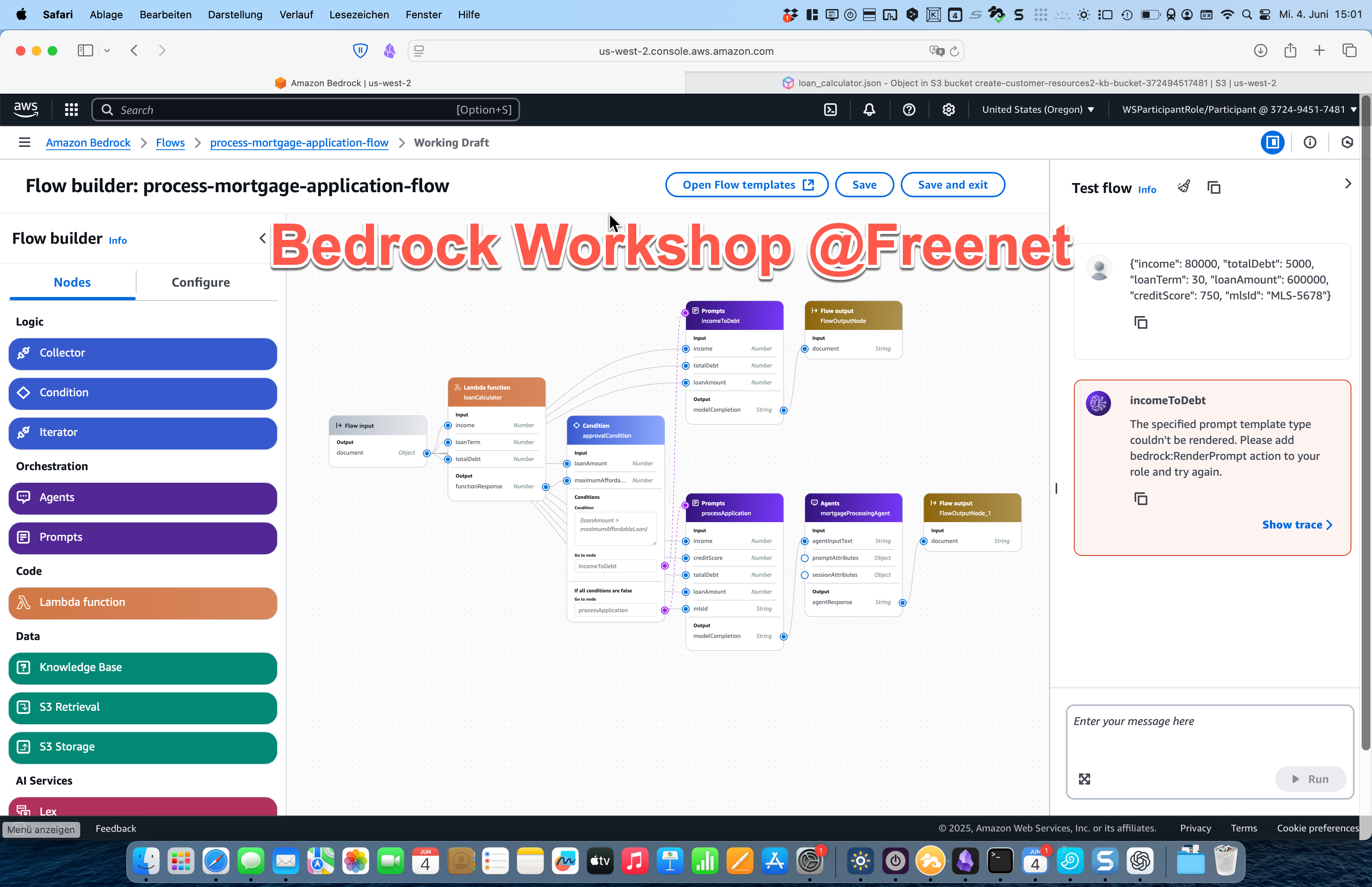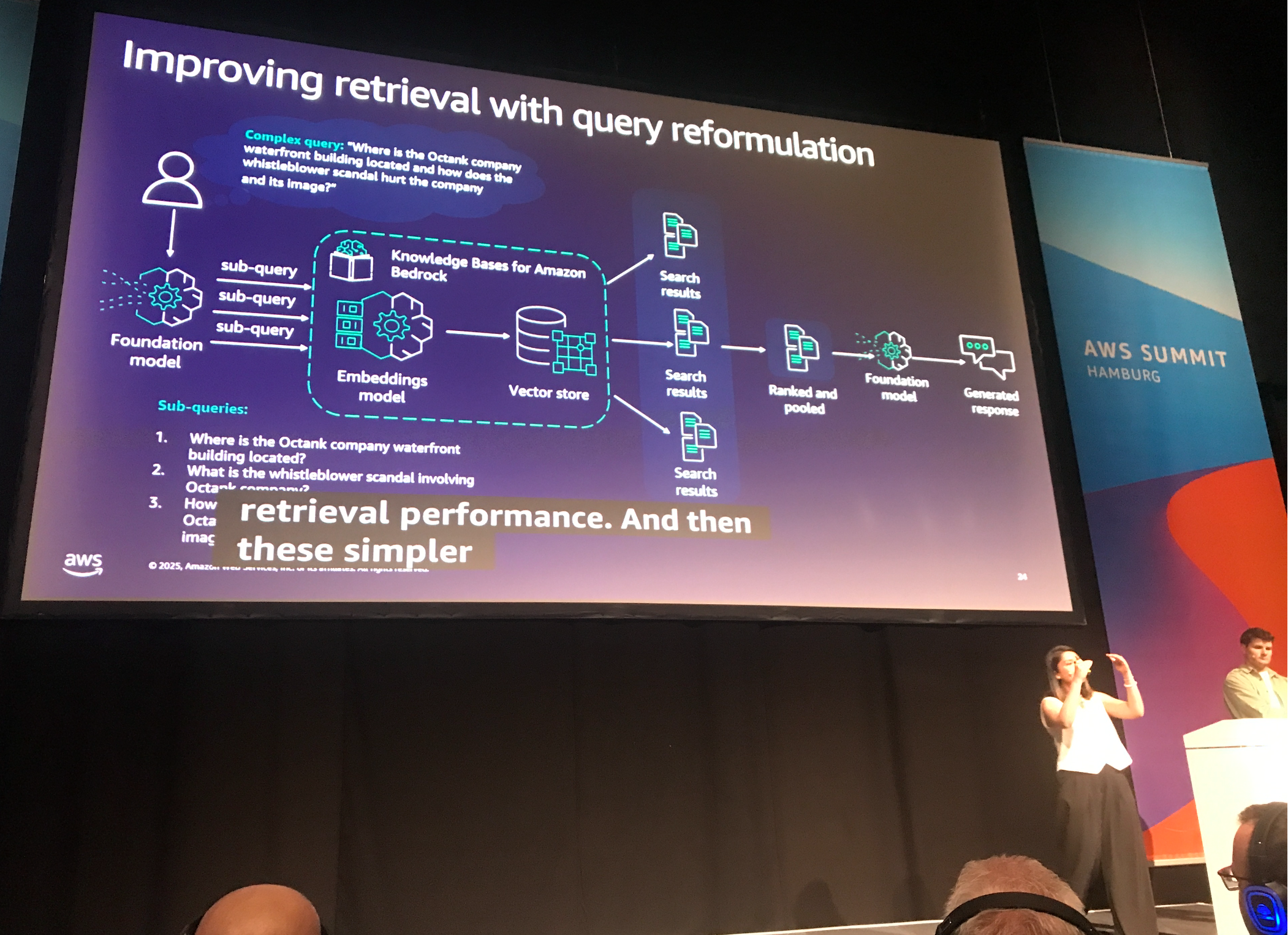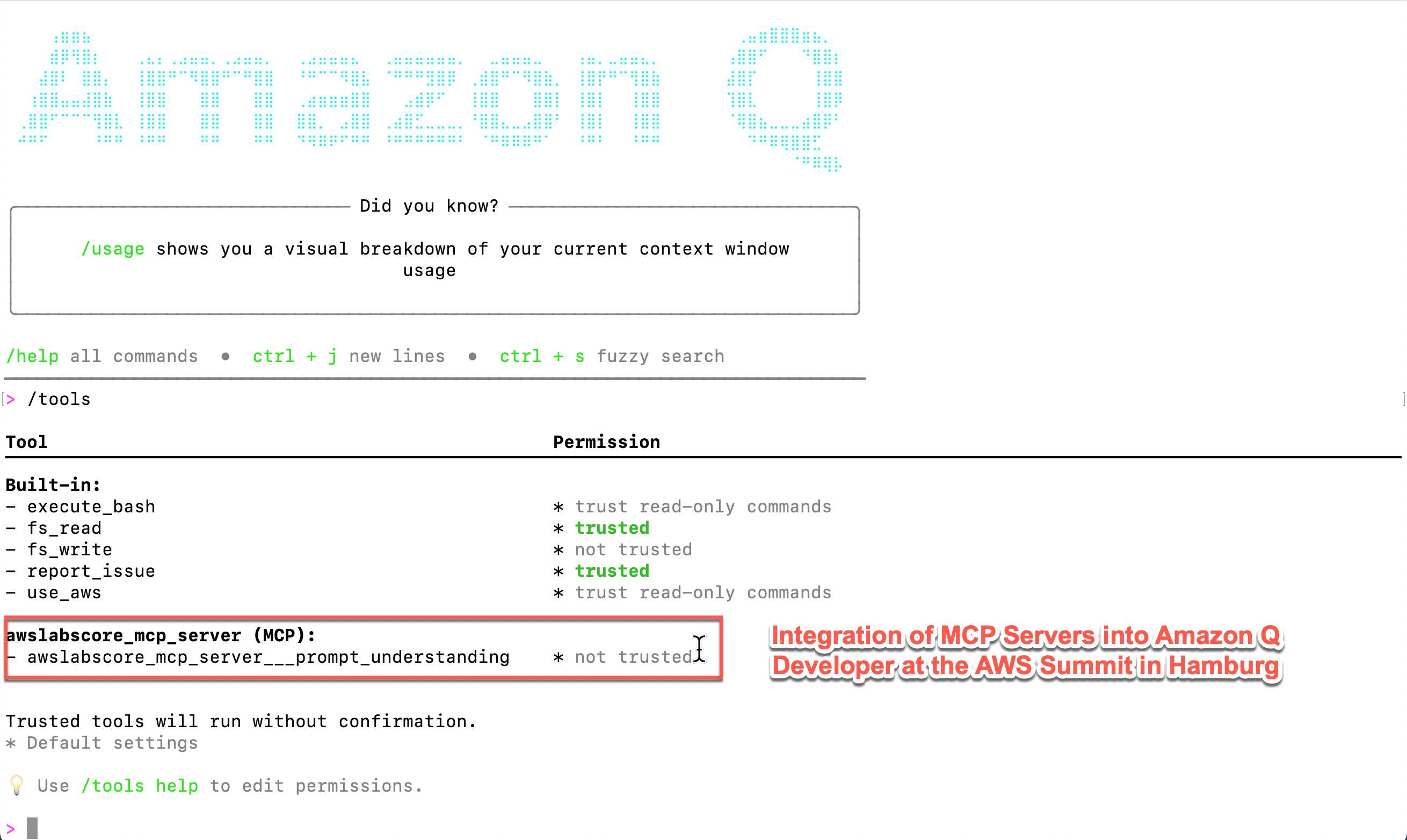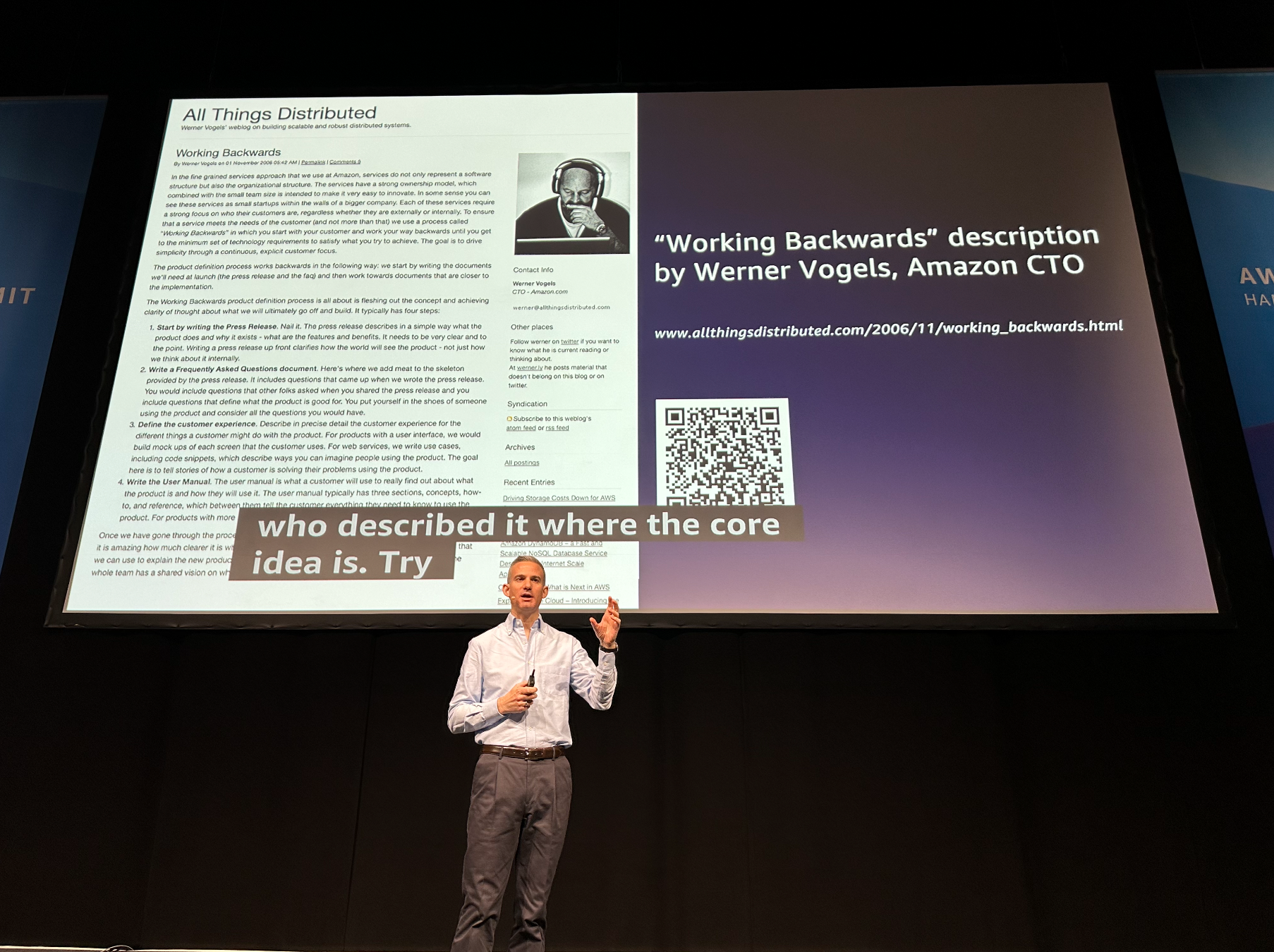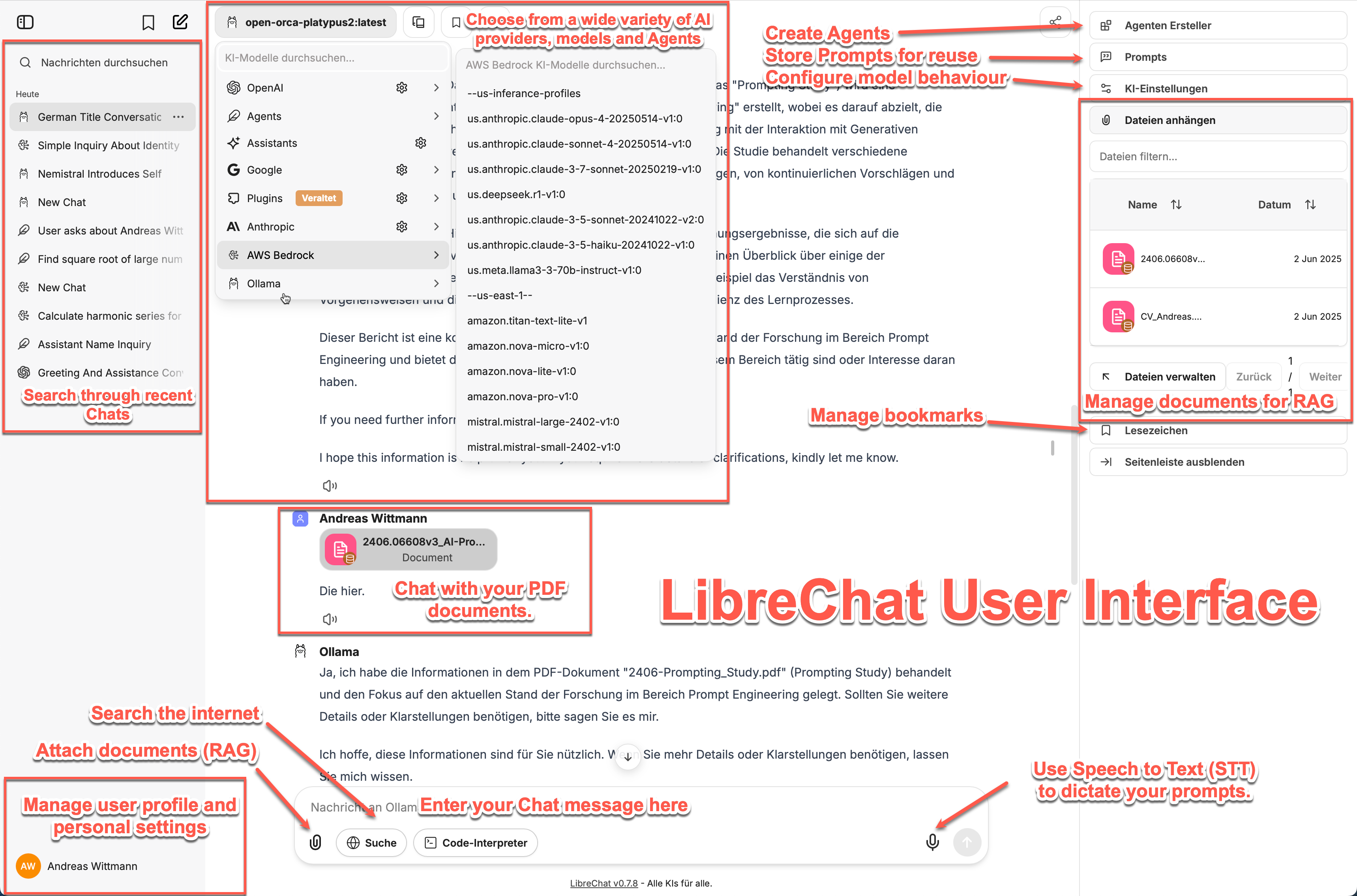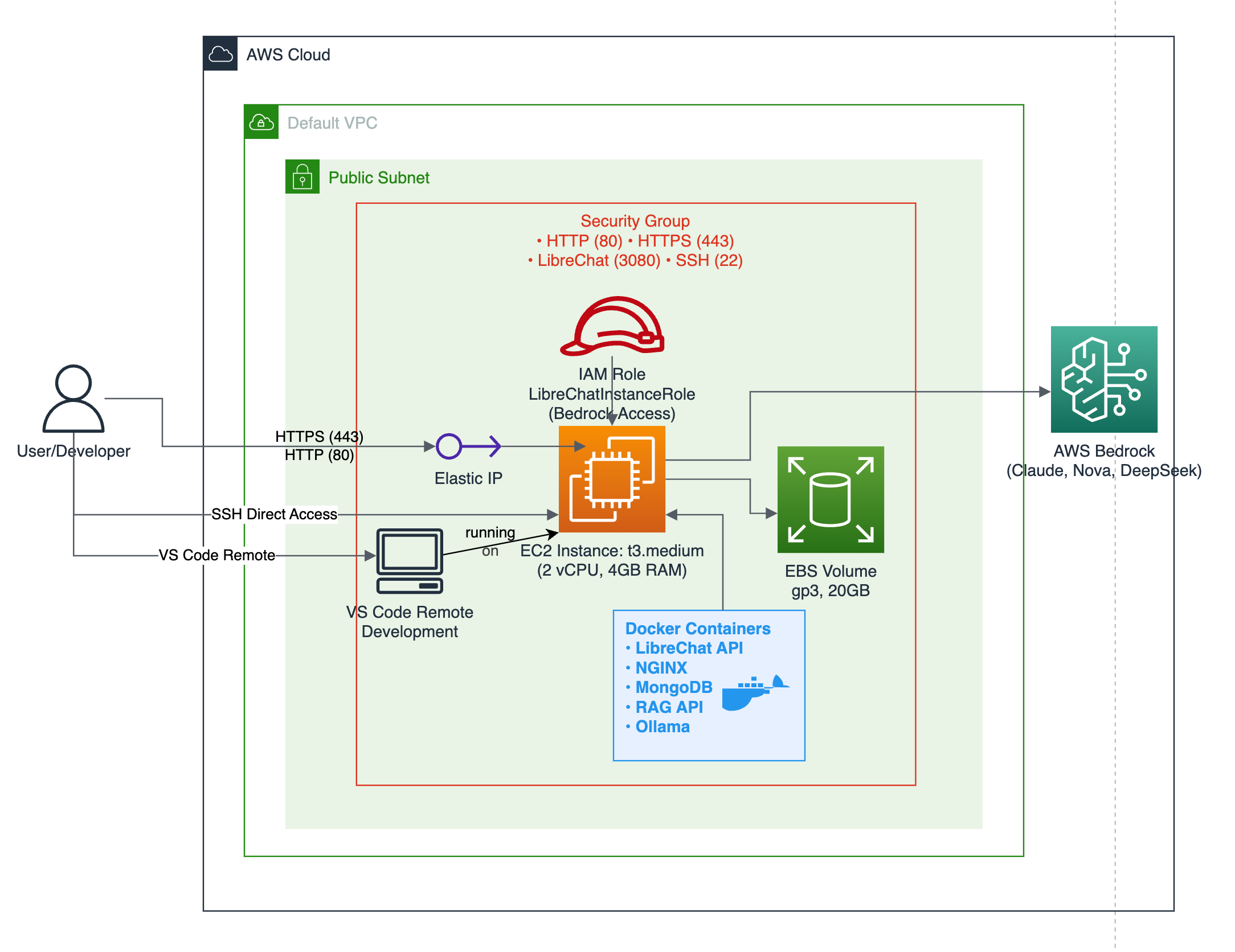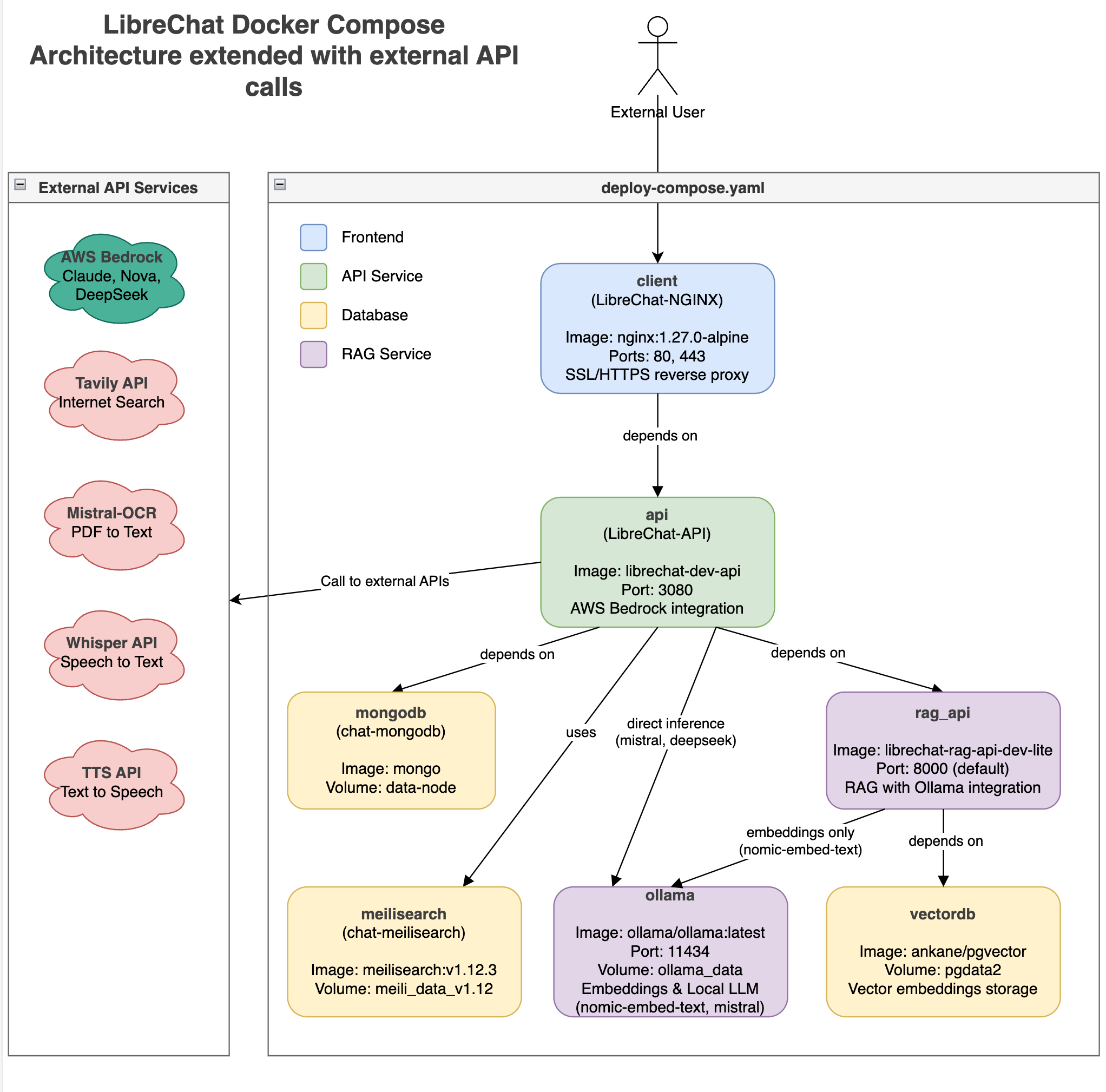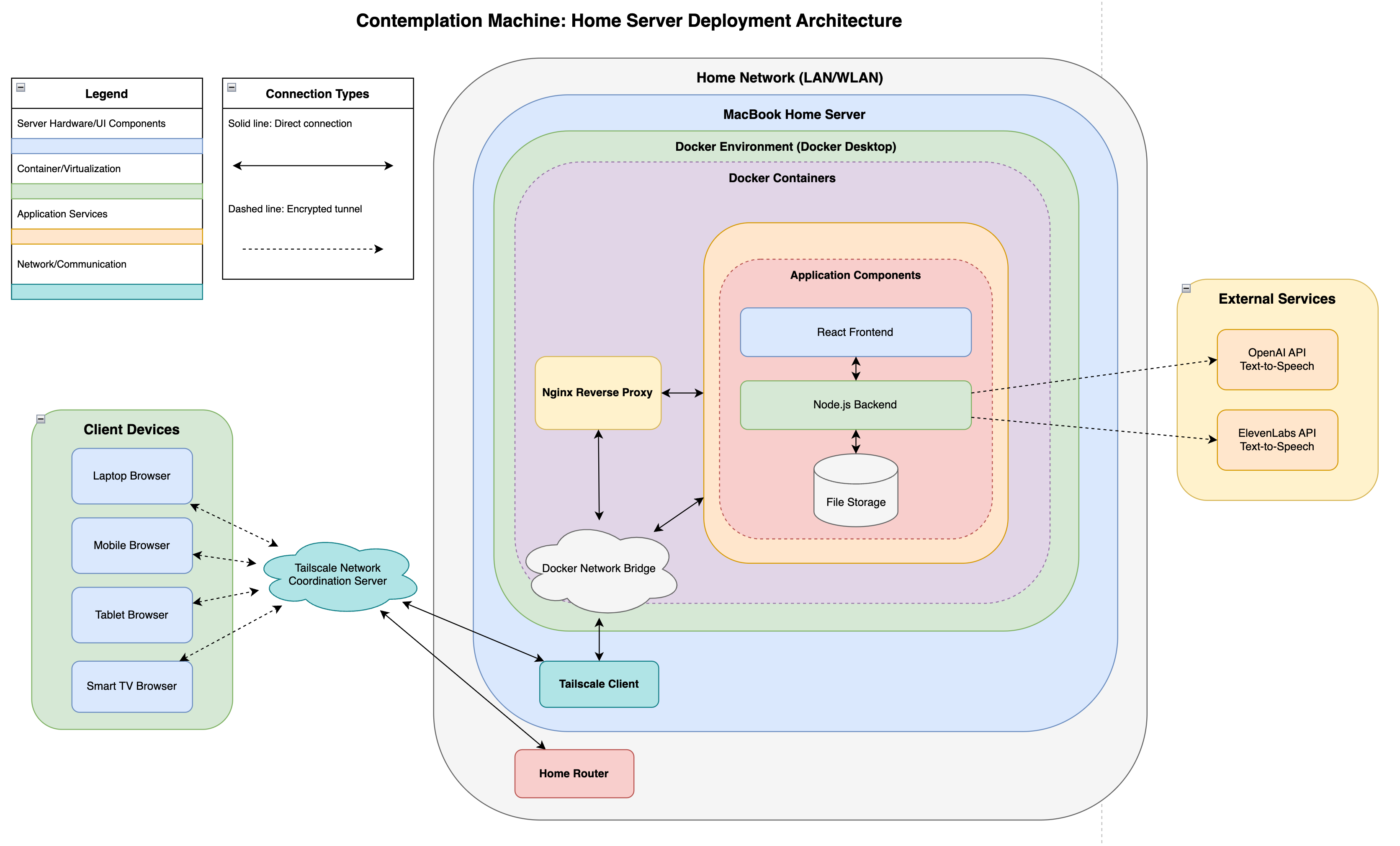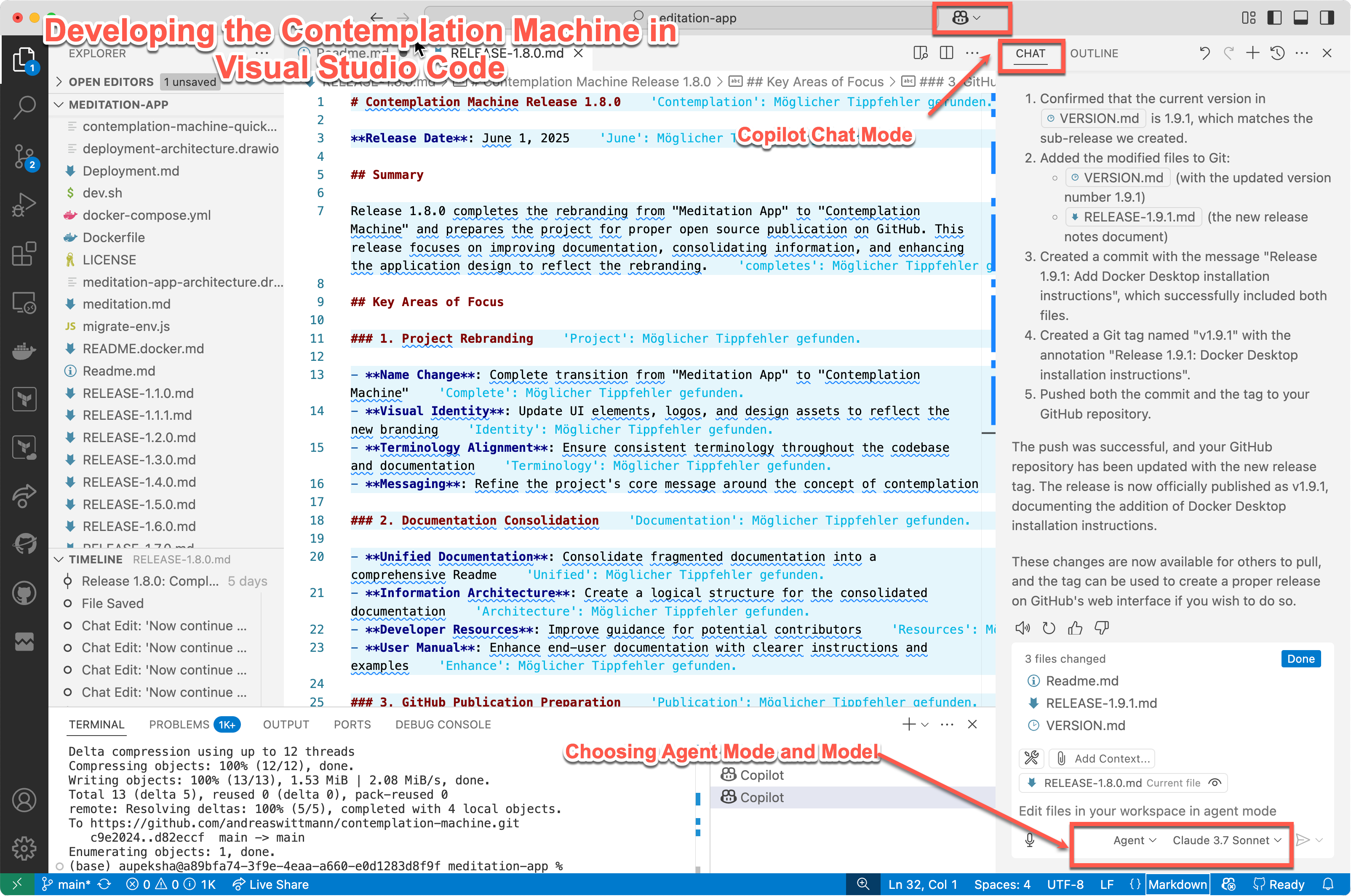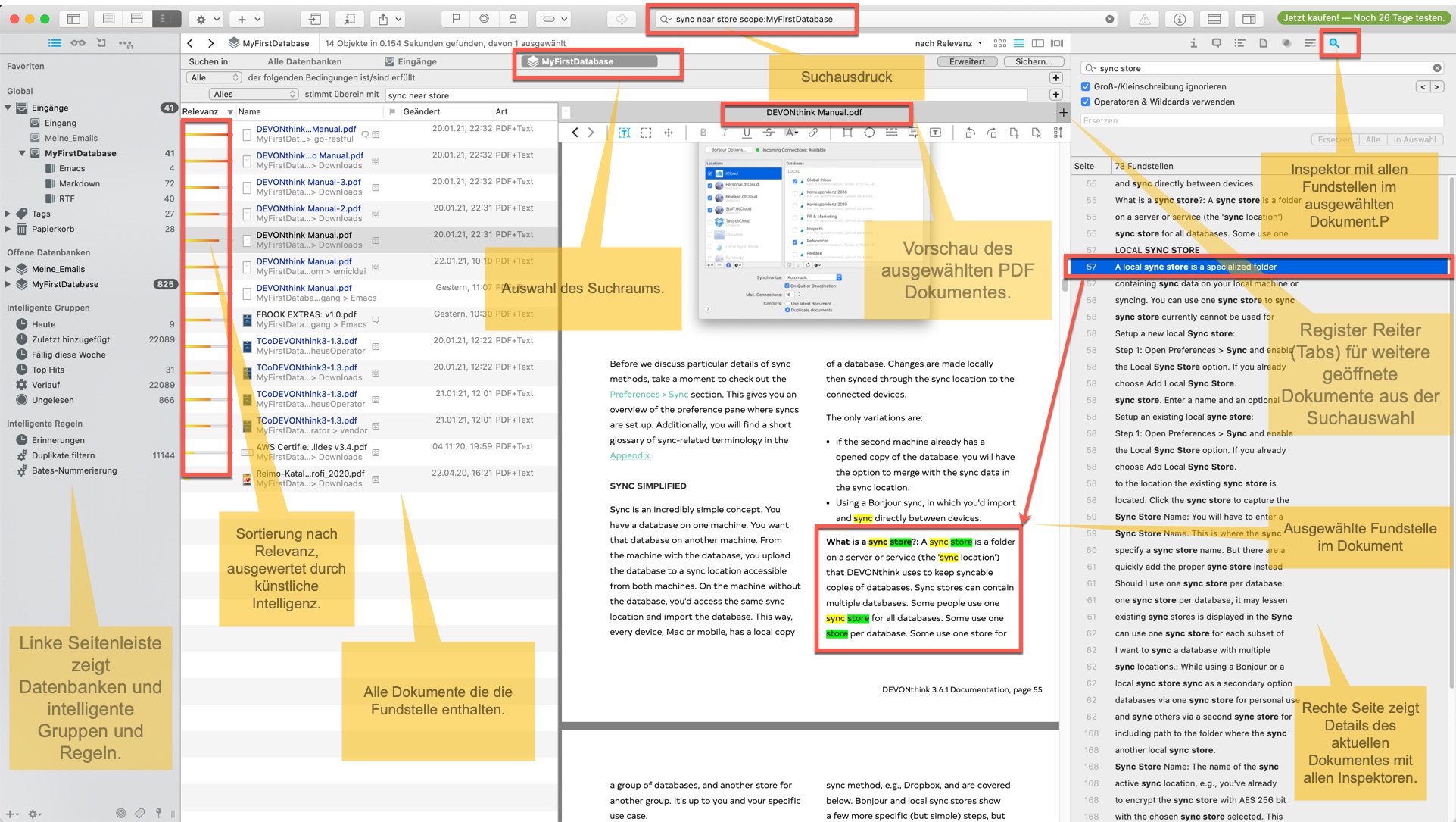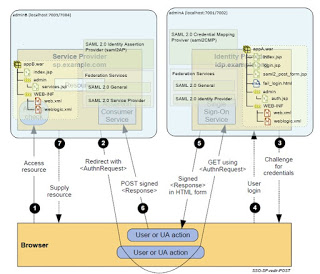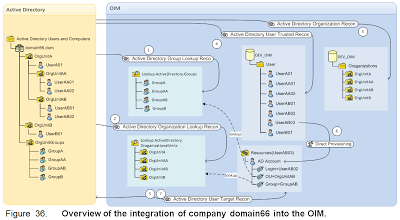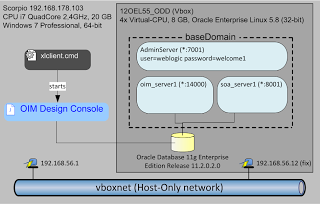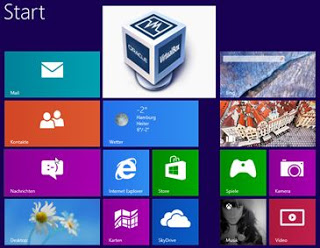Dieser Artikel untersucht die Entwicklung eines KI-gestützten Systems zur Automatisierung von Bewerbungen für freiberufliche Tätigkeiten und diskutiert die technische Umsetzung, praktische Ergebnisse und Auswirkungen auf Plattform-Geschäftsmodelle in der sich wandelnden Landschaft professioneller Dienstleistungen.
📄 Download: PDF-Version dieses Dokuments.
1. Wenn KI-Agenten auf Freelancer-Plattformen treffen: Erkenntnisse aus der Entwicklung eines automatisierten Bewerbungssystems

Kürzlich stieß ich auf einen Artikel der Financial Times, in dem beschrieben wird, wie Booking.com und Expedia sich auf eine Zukunft vorbereiten, in der KI-Agenten Hotels und Flüge direkt buchen können, was möglicherweise die Nachfrage nach diesen Plattformen verringern wird. Mein Project-Bot stellt zwar keine derart disruptive Veränderung dar, aber er hat mich dazu gebracht, darüber nachzudenken, wie sich ähnliche Automatisierungstrends auf Freelancer-Plattformen auswirken könnten. Seit Mitte 2023 experimentiere ich mit KI-gestützten Bewerbungen auf dem deutschen Freelancer-Markt, und diese Erfahrung liefert Erkenntnisse darüber, wie sich die Vermittlung über Plattformen weiterentwickeln könnte.
Was als einfache Python-Skripte und Jupyter-Notebooks zur Erstellung individueller Bewerbungen begann, hat sich zu etwas Umfassenderem entwickelt. Der rasante Fortschritt der KI-Fähigkeiten in Verbindung mit dem, was ich als „Vibe Coding” bezeichne – KI-gestützte Entwicklung, die die Erstellung von Programmen ohne tiefgreifende Sprachkenntnisse ermöglicht – hat Arbeitsabläufe ermöglicht, die zuvor zu kostspielig waren, um sie zu rechtfertigen.
2. Aufbau des Systems: Technischer Ansatz und Realitäten
Mein Projekt-Bot demonstriert eine praktische Anwendung dieser Konzepte. Das System überwacht die RSS-Feeds von FreelancerMap, bewertet Projektmöglichkeiten anhand meines Lebenslaufs mithilfe von KI und generiert deutsche Bewerbungen für Projekte, die einen bestimmten Schwellenwert überschreiten. Der Workflow umfasst intelligente Filterung, automatisierte Bewertung und Bewerbungsgenerierung – Aufgaben, die ohne die aktuellen KI-Fähigkeiten in großem Maßstab nur schwer zu bewältigen wären.
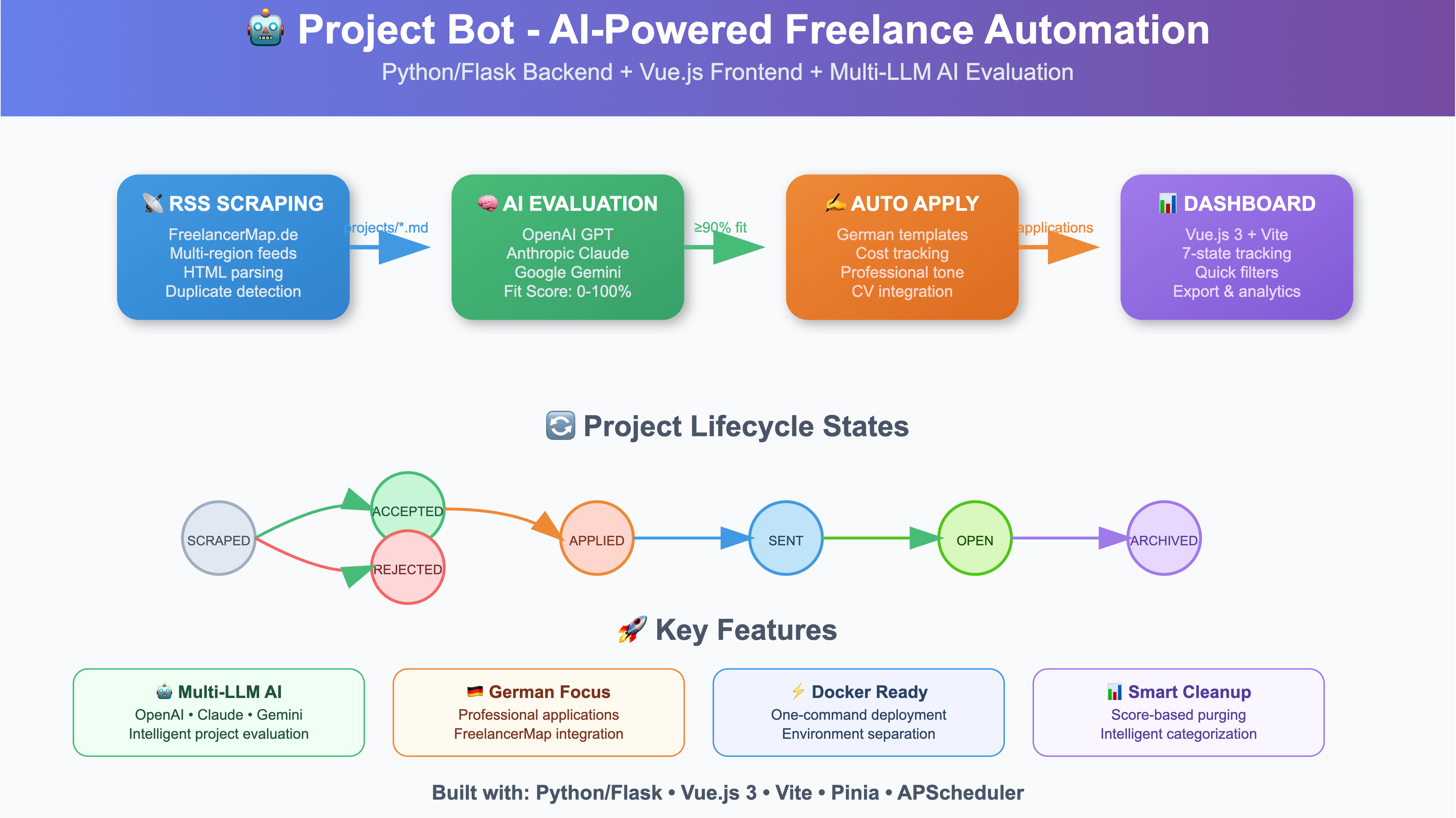
Die Entwicklung der Kernfunktionalität dauerte etwa drei Tage unter Verwendung von KI-gestützten Codierungstools wie Kilo Code mit Modellen wie Grok Fast 1 und Claude-sonnet-4. Ohne Kontext ist dies jedoch irreführend – die zusätzliche Arbeit für die Feinabstimmung, das Debugging, die Dokumentation und die Integration von Funktionen wie Statusverwaltung, Dashboard-Erstellung und Bereitstellung nahm erheblich mehr Zeit in Anspruch. Die „drei Tage” stehen für den ersten Durchbruch, nicht für das fertige System.
Die Architektur verarbeitet Projekte in mehreren Phasen: Scraping, Vorabbewertung anhand von Keyword-Scoring, LLM-basierte Analyse, Anwendungsgenerierung und Lebenszyklusverfolgung. Ein Vue.js-Dashboard bietet Filter- und Projektmanagementfunktionen, während das System detaillierte Kosten- und Leistungskennzahlen verwaltet.
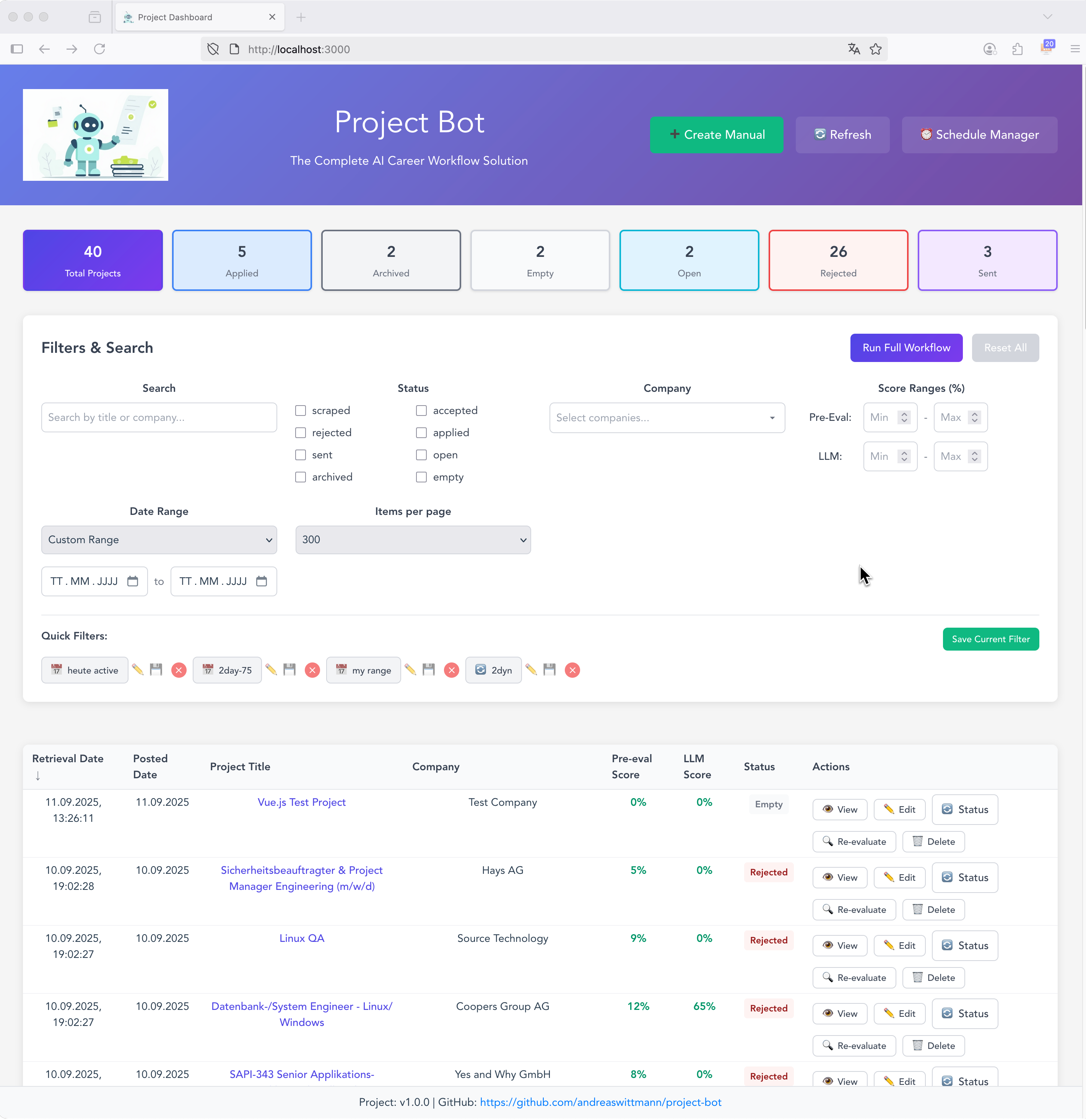
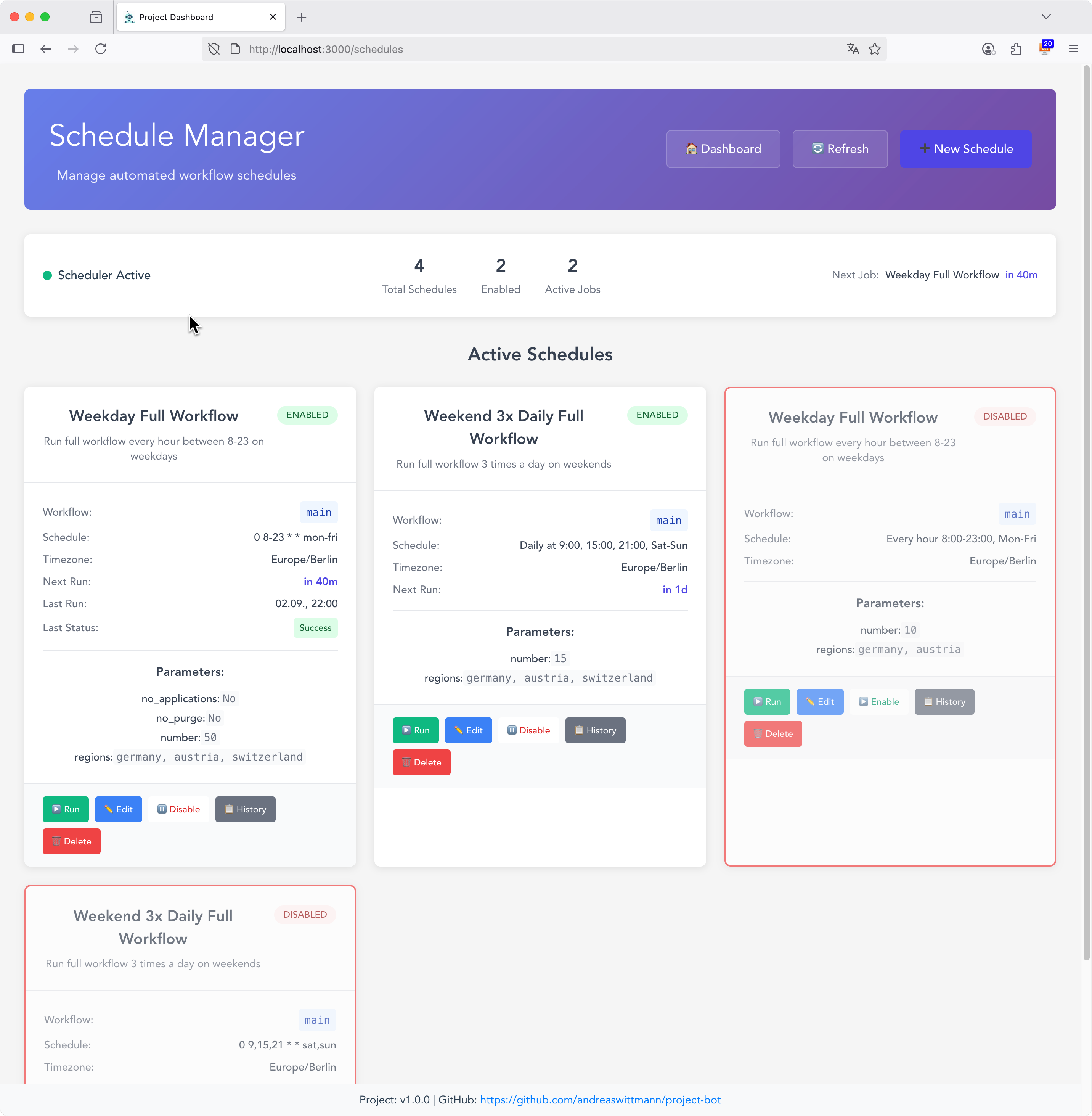
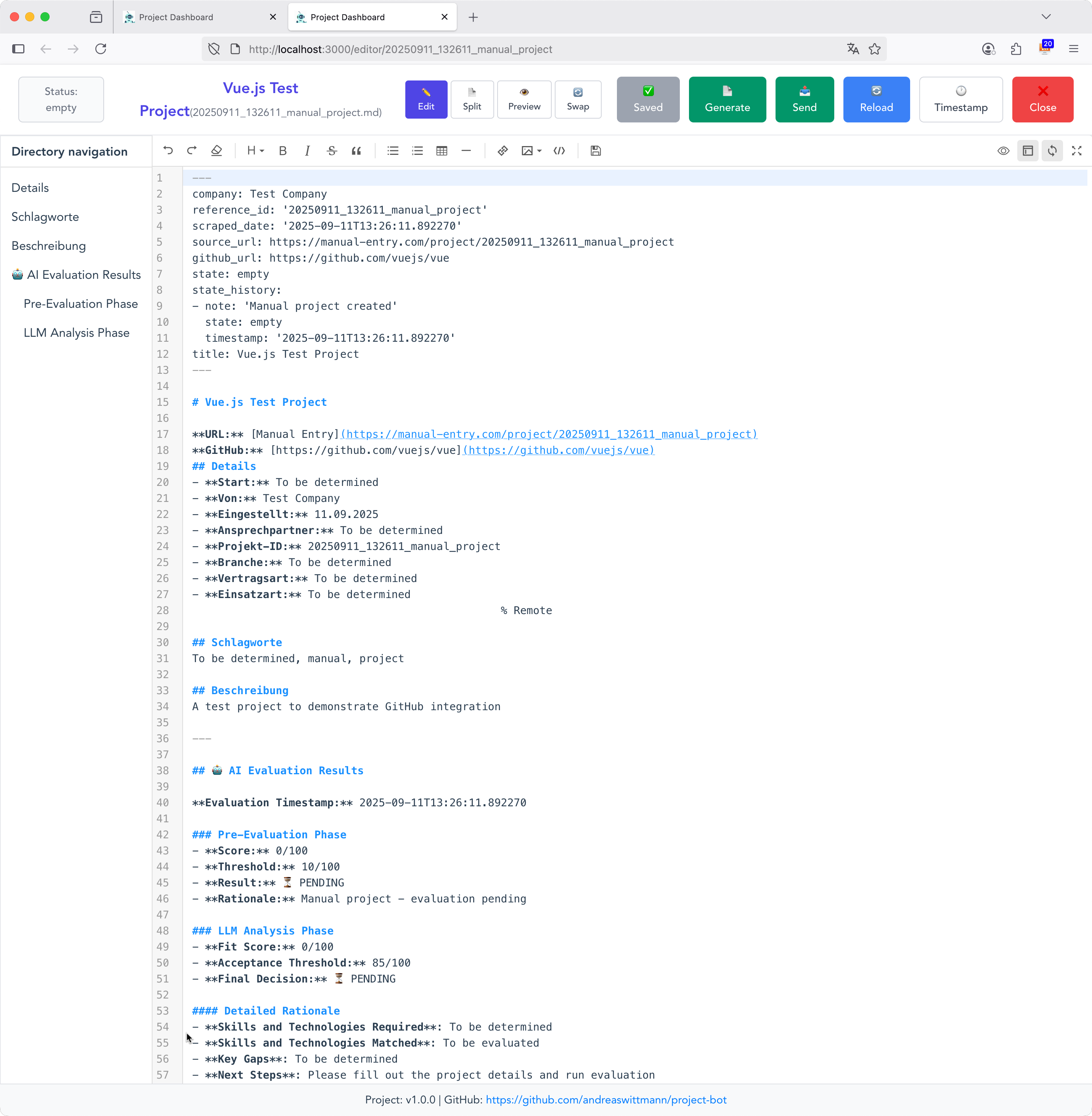
Dashboard-Übersicht, Projektdetails, Anwendungseditor
Was mir während der Entwicklung auffiel, war, wie Vibe Coding die Wirtschaftlichkeit der kundenspezifischen Automatisierung veränderte. Früher hätte der Aufbau eines solchen Systems Wochen oder Monate traditioneller Entwicklungsarbeit erfordert, was es für den individuellen Gebrauch wirtschaftlich fragwürdig machte. KI-gestütztes Coding verkürzte diesen Zeitrahmen drastisch, obwohl der Lernprozess und die Feinabstimmung immer noch einen erheblichen Aufwand erforderten.
3. Praktische Ergebnisse und Einschränkungen
Das System hat sich als effektiv bei der Verwaltung der Menge an Projektmöglichkeiten erwiesen, deren manuelle Bearbeitung sonst überwältigend wäre. Es filtert Hunderte von Projekten, identifiziert diejenigen, die meinem Profil entsprechen, und generiert erste Bewerbungen, die nur noch bearbeitet und nicht von Grund auf neu erstellt werden müssen. Dies bedeutet eine erhebliche Zeitersparnis, wenn auch keine vollständige Automatisierung, wie man sie sich vielleicht vorstellen könnte.
Ebenso wichtig ist es, die Einschränkungen zu erkennen. Die generierten Bewerbungen sind zwar professionell strukturiert, müssen jedoch von Menschen überprüft und angepasst werden, um die Authentizität zu gewährleisten und spezifische Projektanforderungen zu erfüllen. Das System ist vollständig von den RSS-Feeds und Nutzungsbedingungen von FreelancerMap abhängig, was zu einer Plattformabhängigkeit statt zu echter Unabhängigkeit führt.
Die Qualität variiert je nach KI-Modell und Projektart. Während die Bewertungslogik für technische Projekte, die meinem Hintergrund entsprechen, gut funktioniert, hat sie Schwierigkeiten mit Randfällen oder unkonventionellen Angeboten. Die Kosten pro Bewerbung sind minimal, aber aufgrund des Aufwands für Einrichtung und Wartung ist dieser Ansatz vor allem für Szenarien mit hohem Volumen sinnvoll.
4. Auswirkungen auf Plattform-Geschäftsmodelle
Diese Erfahrung bietet Einblicke, wie sich Automatisierungstrends auf Freelancer-Plattformen auswirken könnten, auch wenn der Vergleich mit den in dem Artikel der Financial Times beschriebenen Umwälzungen in der Reisebranche nicht direkt ist. Mein Project-Bot ist nur der erste Schritt zur Automatisierung des Vermittlungsprozesses auf dem Arbeitsmarkt. Er umgeht FreelancerMap nicht vollständig, automatisiert jedoch Funktionen, die traditionell manuellen Aufwand erforderten – das Aufspüren von Gelegenheiten, das Filtern nach Relevanz und die Vorbereitung der ersten Kontaktaufnahme.
Die wichtigste Erkenntnis ist, dass sich die vollständige Automatisierung der Vermittlung auf dem Arbeitsmarkt möglicherweise nicht so sehr vom Szenario in der Reisebranche unterscheidet. Mit der Weiterentwicklung der KI-Fähigkeiten könnten zukünftige Entwicklungen tatsächlich ähnliche Gefahren für Job- und Freelancer-Plattformen mit sich bringen. Die Frage ist, ob diese Plattformen ihr Wertversprechen anpassen können, wenn die Nutzer immer ausgefeiltere Automatisierungstools entwickeln.
Die derzeitige Stärke von FreelancerMap liegt in seinen Netzwerkeffekten und aggregierten Projektmöglichkeiten, aber diese Vorteile könnten schwinden, wenn KI-Agenten immer besser in der Lage sind, Informationen effizient zu verarbeiten. Aus meiner Erfahrung mit Unternehmenssoftware kenne ich ähnliche Muster, bei denen Plattformen entweder neue Funktionen integrieren oder Gefahr laufen, an Relevanz zu verlieren, wenn Nutzer direkte Lösungen entwickeln. Der Zeitplan für die Anpassung wird wahrscheinlich darüber entscheiden, welche Unternehmen diese technologischen Veränderungen überstehen.
5. Weiterer Kontext und zukünftige Überlegungen
Dieses Projekt dient als praktische Fallstudie dafür, wie sich Automatisierungstrends in professionellen Dienstleistungsmärkten entwickeln könnten. Während die in dem Artikel der Financial Times beschriebene Disruption der Reisebuchungsbranche ein fortgeschritteneres Szenario darstellt, zeigt der Freelancer-Markt, wie KI Vermittlungsprozesse schrittweise verändern kann. Mein Project-Bot demonstriert die ersten Schritte zur Automatisierung der Vermittlung auf dem Arbeitsmarkt, aber zukünftige Entwicklungen könnten tatsächlich Arbeits- und Freelancer-Plattformen in ähnlicher Weise bedrohen wie die Reisebranche.
Die eigentliche Bedeutung liegt in der Demokratisierung der Automatisierungsmöglichkeiten. Was früher Ressourcen auf Unternehmensebene erforderte, ist nun für einzelne Fachleute zugänglich, allerdings mit entsprechenden Anforderungen an technisches Wissen und Systemwartung.
Mit Blick auf die Zukunft gehe ich davon aus, dass ähnliche Automatisierungen auf den Märkten für professionelle Dienstleistungen immer häufiger werden. Die Kombination aus KI-Fähigkeiten und verbesserten Entwicklungstools macht die Automatisierung individueller Arbeitsabläufe zunehmend rentabel für Nischenanwendungen, für die sich die traditionellen Softwareentwicklungskosten nicht rechtfertigen ließen.
Die wichtigste Erkenntnis aus dieser Erfahrung ist, dass die Disruption von Plattformen möglicherweise gradueller und vielfältiger verläuft, als es die dramatischen Schlagzeilen vermuten lassen. Anstelle einer plötzlichen Ablösung beobachten wir eine schrittweise Automatisierung bestimmter Funktionen, wodurch Plattformen unter Druck geraten, ihren Wert in einem sich entwickelnden Ökosystem weiterhin unter Beweis zu stellen.
Damit bleibt die Frage, welche Aspekte der professionellen Vermittlung auch bei zunehmender Automatisierung einzigartig wertvoll bleiben. Mein Projekt-Bot übernimmt die Suche und erste Kontaktaufnahme effektiv, aber der Aufbau von Beziehungen, komplexe Verhandlungen und strategische Beratung erfordern nach wie vor menschliches Urteilsvermögen und Fachwissen.
6. Ressourcen und Links
6.1. 📺 Demo-Video
6.2. 🔗 Projekt-Repository
- GitHub: https://github.com/andreaswittmann/project-bot
- Dokumentation: Vollständige Einrichtungsanleitung, Architekturübersicht und Bereitstellungsanweisungen
- Lizenz: MIT – Kostenlose Nutzung und Änderung für persönliche oder kommerzielle Zwecke
6.3. 🛠️ Technische Anforderungen
- API-Schlüssel: OpenAI und Anthropic für KI-Bewertung und Anwendungsgenerierung
- Plattformzugang: FreelancerMap-Abonnement für Projektmöglichkeiten
- Bereitstellung: Docker Compose-Einrichtung für die Bereitstellung im lokalen Netzwerk
Das Projekt ist für alle, die es nützlich finden, als Open Source verfügbar. Sie können es gerne klonen, ändern und in Ihrer eigenen Umgebung bereitstellen.
